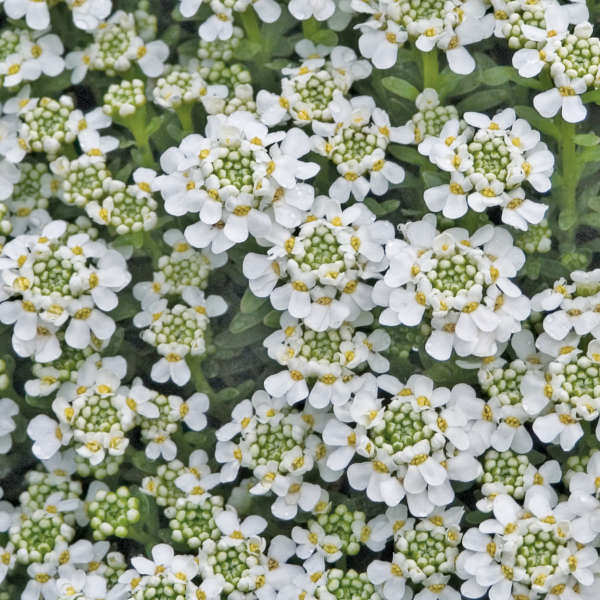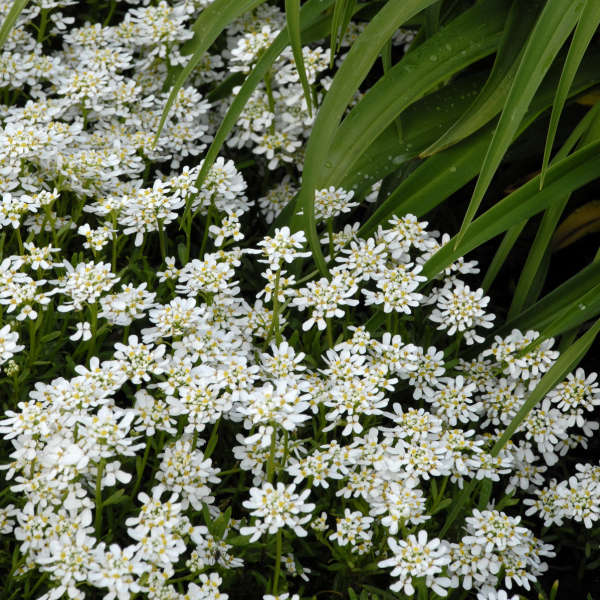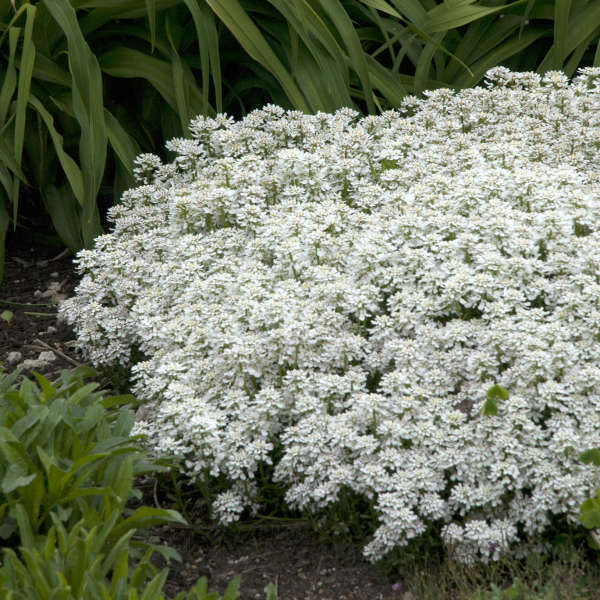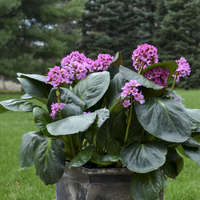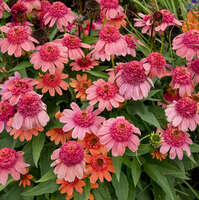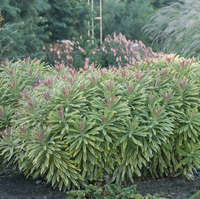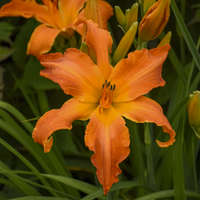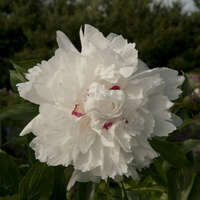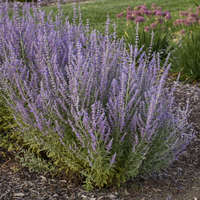Iberis sempervirens 'Snowflake'
Common Name: Evergreen Candytuft
A blanket of pure white! Large clusters of flowers carpet the narrow, evergreen leaves from mid to late spring. This variety is a new vegetative selection which offers consistency in height and habit.
An old-time favorite, candytuft is a charming plant for perennial gardens. Because of its drought tolerance, it makes a great filler for crevices in walls or between the stones of walkways. It is also effective as edging or groundcover.
Grade #1 Bare Root |
